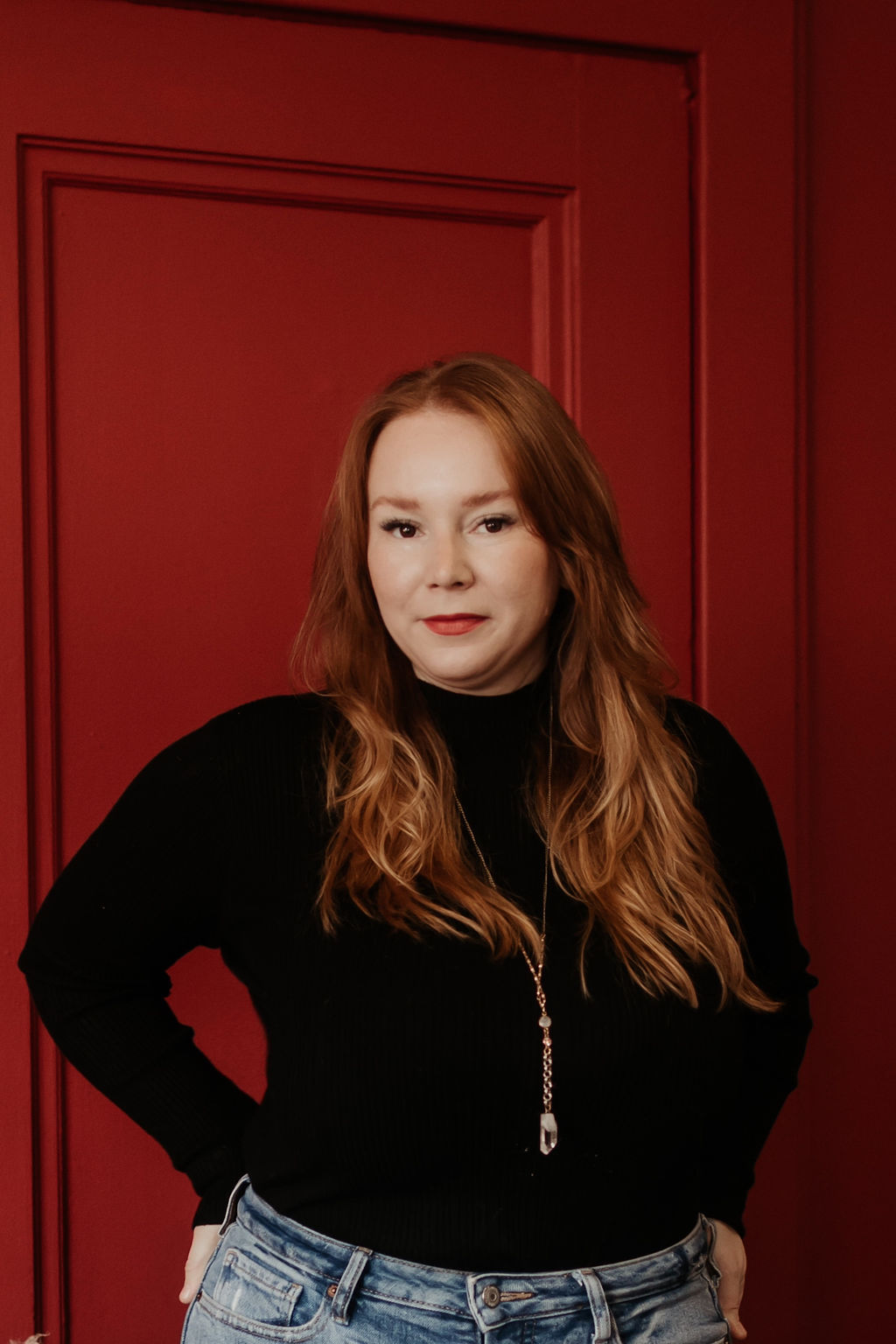The BC-shot film by Meredith Hama-Brown screens at the 42nd annual Vancouver International Film Festival
Set against the backdrop of a fictional coastal British Columbia island in the mid-90s is filmmaker Meredith Hama-Brown’s debut feature, Seagrass.
The film follows Judith (played by Ally Maki), a Japanese Canadian woman grappling with the recent death of her mother — and the questions of identity that it brings to the forefront — while at a self-development retreat with her husband (played by Luke Roberts) and two daughters, Emmy and Stephanie (Nyha Huang Breitkreuz and Remy Marthaller). During couples counselling, Judith and her husband meet another mixed race couple, played by Chris Pang (Crazy Rich Asians) and Sarah Gadon (North of Normal), casting tensions on an already strained dynamic.
Seagrass masterfully depicts the tensions of a fracturing family, complete with coming-of-age storylines, and underlying themes of motherhood, grief, shame, and intergenerational trauma.
Though some of the storylines mirror similar experiences in Hama-Brown’s own life, the filmmaker maintains that her feature debut is an exploration of theme rather than an autobiographical screenplay.
“I was really interested in exploring this unstable foundation, this uncertainty that the three female characters are experiencing,” Hama-Brown tells Loose Lips Mag.
“The anchor points to all of the various things that I’m exploring… are interconnected and interwoven were all about how these three people really feel uncertain in their core. I was so interested in looking at uncertainty, and specifically, Emmy’s character and her sense of really intense fear that she’s going through, [I] felt particularly drawn to.”
In Seagrass,Hama-Brown underscores the importance of understanding how historical events, such as the Japanese internment in Canada, shaped Japanese Canadian identities.
“To me, what’s really important about exploring Japanese Canadian identity is how much has been cut off. How much culture and history were lost because of the event itself and the shame that occurred in the trauma,” Hama-Brown says.
One of Seagrass’s standout features is its capture of the mid-90s atmosphere. The film’s costume designer drew inspiration from real photos of the era, ensuring authenticity in the clothing choices, while its summer-y palette and grainy film aesthetic was carefully curated to evoke the right mood. Not a single smartphone or digital television comes into view.
“[Production design] did an incredible job making the setting come to life,” Hama-Brown says, “and we shot on film, which I think also lends itself to that really nostalgic ambiance.”
And speaking of things from bygone eras, Seagrass even hints at encounters with the supernatural. When one of the characters encounters a ghost, the audience is left wondering whether we’re meant to interpret it as a real entity or as a metaphor for the haunting nature of unresolved issues.
In all, Seagrass is a poignant exploration of identity, loss, and the enduring legacy of historical injustice. Find Seagrass screening at VIFF from September 29 – October 9.




